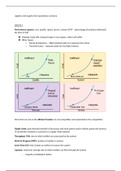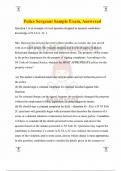Summary
Summary Logistics and Supply Chain Operations (book, lectures, articles)
- Module
- Institution
- Book
Summary covering all mandatory material for the course Logistics and Supply Chain operations. Summary covers all the compulsory chapters from the book Supply Chain Science, all the lectures, and all articles.
[Show more]





